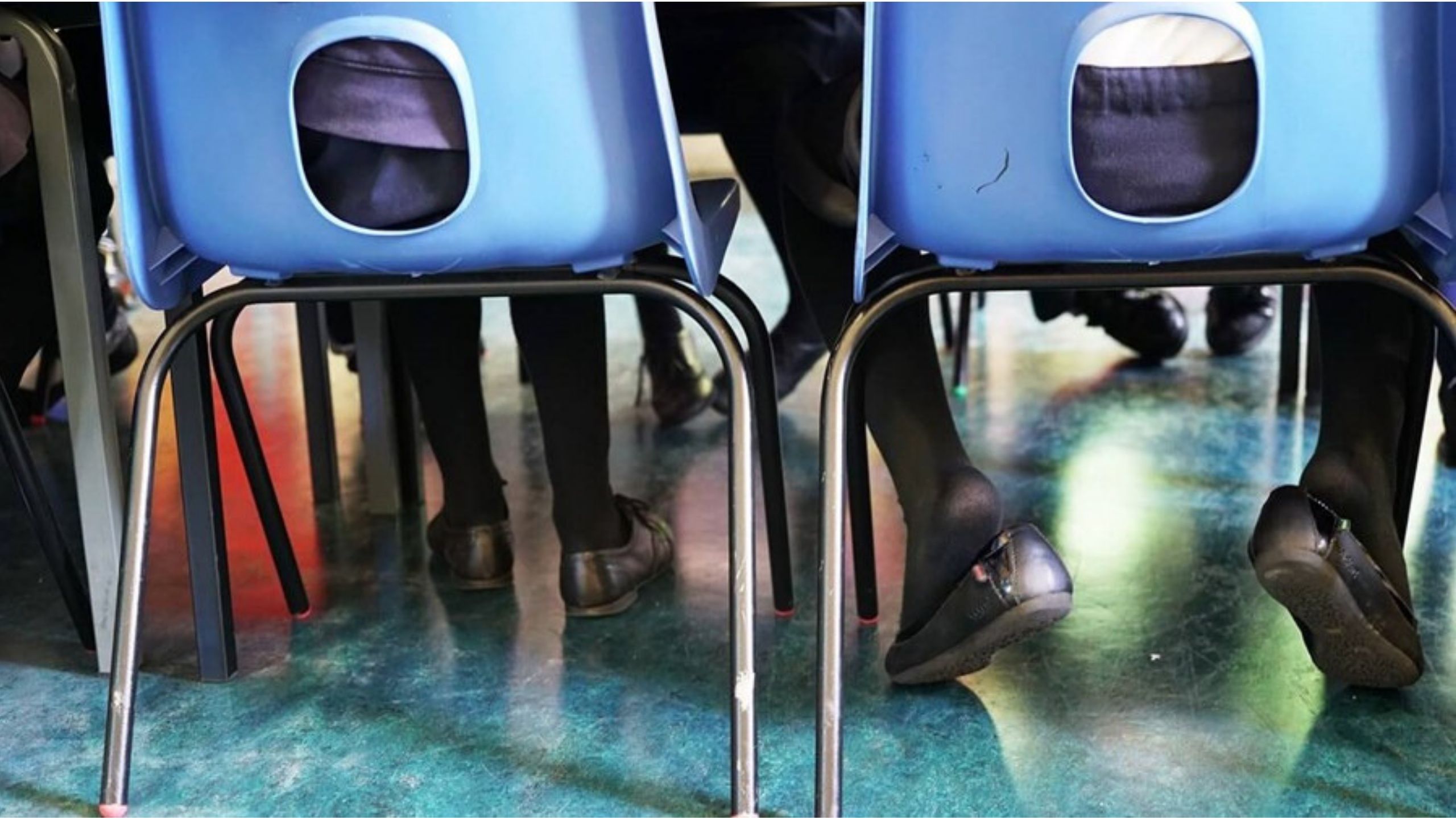Understanding and creating a mentally healthy classroom

This blog explores what teachers and staff in school can do to create mentally healthy classrooms. There are lots of small changes we can make in the classroom to help our pupils improve their mental health and grow up to be the resilient individuals we know they can be – simple actions and practices that encourage children to be emotionally literate, confident and composed.
According to the Department of Health and Social Care, one in eight 5 to 19-year-olds has a mental health disorder. That means, statistically, about 13% of a class are struggling – and it isn’t any better for teachers. A huge 54% of those surveyed by The Independent said they had poor mental health, with 81% saying their poor mental health has had a negative impact on the quality of their relationships with their pupils.


It is vital that schools and classrooms are safe places for children to feel nurtured and classrooms can very busy overwhelming places for some pupils and it is our job as staff to reassure children within the room they are safe and they are valued.
Get to know the children in your class beyond their academic abilities, find out what their interests are and give each one individual attention at some point each week to make them feel valued and supported.
Classrooms are filled with all sorts of characters and personalities; some of which are comfortable in the limelight, some who prefer to remain quieter. Within your classroom environment ensure everyone has a voice and opinions are listened to and considered fairly.
Instead of using ‘hands-up’ approach try using lollipop sticks or flip sticks. I also find using Talk partners can help pupils share ideas while still building their confidence to share thoughts in a large group.

As a teacher, I have never shied away from naming emotions as they arise and I have always used language which can explain an emotion or a feeling. Children may not realise the emotions they are feeling and may find it difficult to understand how to deal with what they are feeling.
Constant good role modelling and verbalising emotions will aid all children in their emotional literacy. For example, “Sometimes when I feel sad, I put happy music on and I feel better”, “When I feel anxious, I like to colour pictures.” It is really important to create an atmosphere in class which gives feelings an appropriate outlet and as long as boundaries are in place for safety and behaviour, the children should be allowed to express any emotion appropriately.
Creating a calm and organised space for learning will help the children feel safe and peaceful.
Helping children to understand the bigger picture in school can be really helpful. Children will often focus on the disastrous playtime or difficult lesson. Instead, perhaps try to engage with the child to help them see that it is not the end of the world and help them refocus on the bigger things.
Growth Mindset activities/language are good for this and I find really helping children to embrace mistakes and challenges will add so much more learning to their experience. I also like to tell children that things don’t always go according to plan and sometimes we have to change plans last minute.
As adults if we walk into a noisy, unorganised, frantic room we would definitely feel unsettled and hyper-vigilant; the same can be said for children. Ensure you have a bank of ideas for calming down, particularly after transitions.
Finally, poor mental health can affect anyone. It is not limited to the children in your class, so keep an eye out and offer a friendly face to any colleagues you think could do with some help, too.








Responses